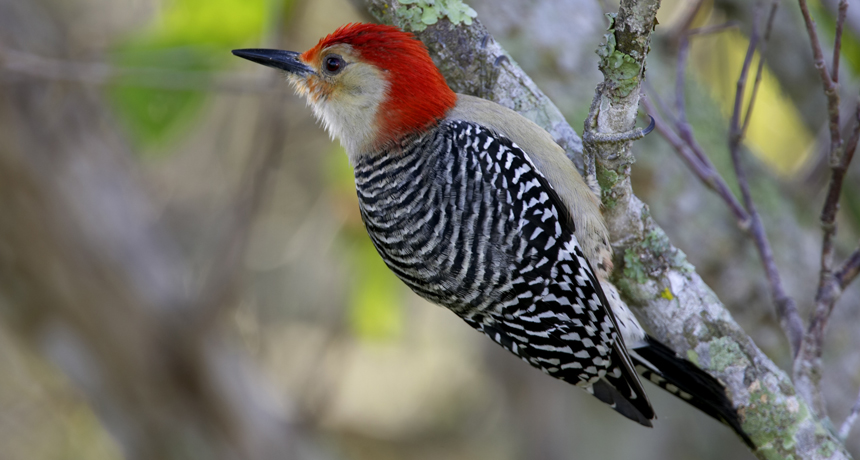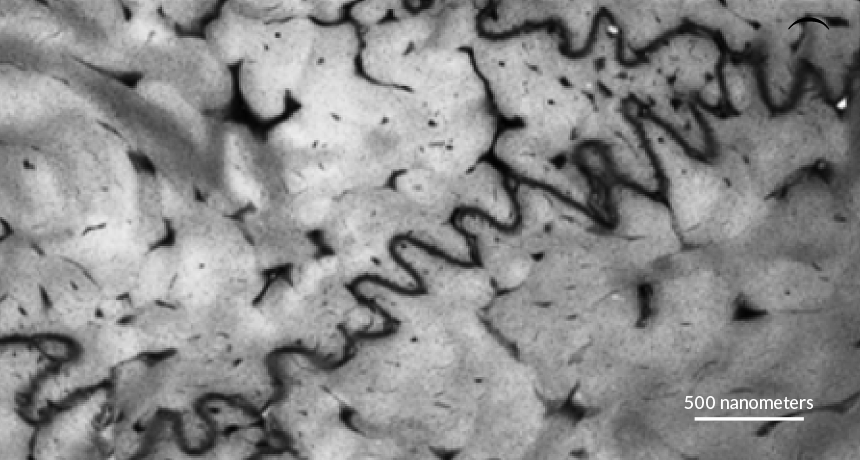Woodpecker beaks divulge shock-absorbing properties
Scales, sutures and porosity help the birds hammer without going stupid

SHOCK AND AWE The remarkable shock-absorbing powers of a red-bellied woodpecker beak come from such details as its dense outer layer of skinny scales that dissipate energy as they scrape against each other.
Bildagentur Zoonar GmbH/Shutterstock







